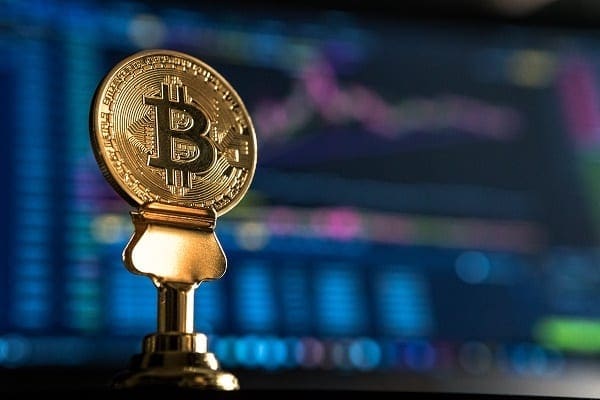Borrowing money from your friend or family member used to be the way to go, and when they didn’t have the funds you required, you would take out personal loans from the bank or a financial institution. Some would even resort to lending from a loan shark whose interest rates are notoriously high and who often have black market ties. Moneylenders are the only ones who will lend without question. All they need is some collateral, unlike banks and other institutes.
Today, technology has shifted the lending landscape and given rise to something called peer-to-peer lending. You can borrow money from strangers over the internet, across the globe, or you can earn money by lending strangers your money. It is a strange new world we live in, but technology has made all this possible.
Peer to peer lending, or P2P, offers much better rates than banks do—over £6bn are rolling in the top three P2P lending platforms, and predictions say that the amount will continue to grow exponentially, despite it being a fairly new platform with many kinks in the system: even cashing out might be a problem at times. You might need to wait up to a few months to withdraw your money from the P2P platform whereas at a bank, you will be able to take out some cash whenever you want. This is in part due to low demand and decreased cash flow on the platform’s part. If all the lenders are cashing out at the same time, it will cause some supply problems.
However, if all goes well, lenders could receive a huge payout. Zopa currently offers their patrons up to 5.2% and the highest interest rates are being offered by smaller lenders such as Relendex and Twino, at up as high as 11%. There are risks associated with P2P lending, such as the incident back in 2019 where a company collapsed and lost £80m of their lenders’ money. While borrowers are still expected to pay back the money they’ve lent through the platform, it is unclear how much money will be recovered. All 3,500 lenders (or so) who lent their money against collateral such as art pieces and jewellery were left hanging as debtors struggled to pay back the money they owed. In one instance, a fine art dealer used the artwork in his possession as collateral to borrow £3m but sold the artwork without the intention of paying back the loans he took – he has currently fled the country. Furthermore, most P2Ps do not disclose who they are lending to, which adds another layer of risk to the venture.
When one takes that into consideration, one discovers that P2P lending is not as simple as putting money in a fixed deposit or savings account. It is much more similar to high-risk investing: at any time, you might lose the money you’ve invested. P2P offers no insurance, no protection, and while returns – whenever applicable – will sow great reward, it must be stressed that returns are hardly consistent with the amount of risk that is borne by the lenders. What this means is that if all goes well, you’ll be sitting on a gold mine. However, there is the potential for it to go sideways, in the event that borrowers default.
While P2P is great to help people from all over the world to gain some financial aid or make a bit of side income (depending on whether they are a borrower or lender), it really goes to show how technology is capable of transforming industry so drastically. With the simple invention of the internet, the changes to society are almost infinite.
